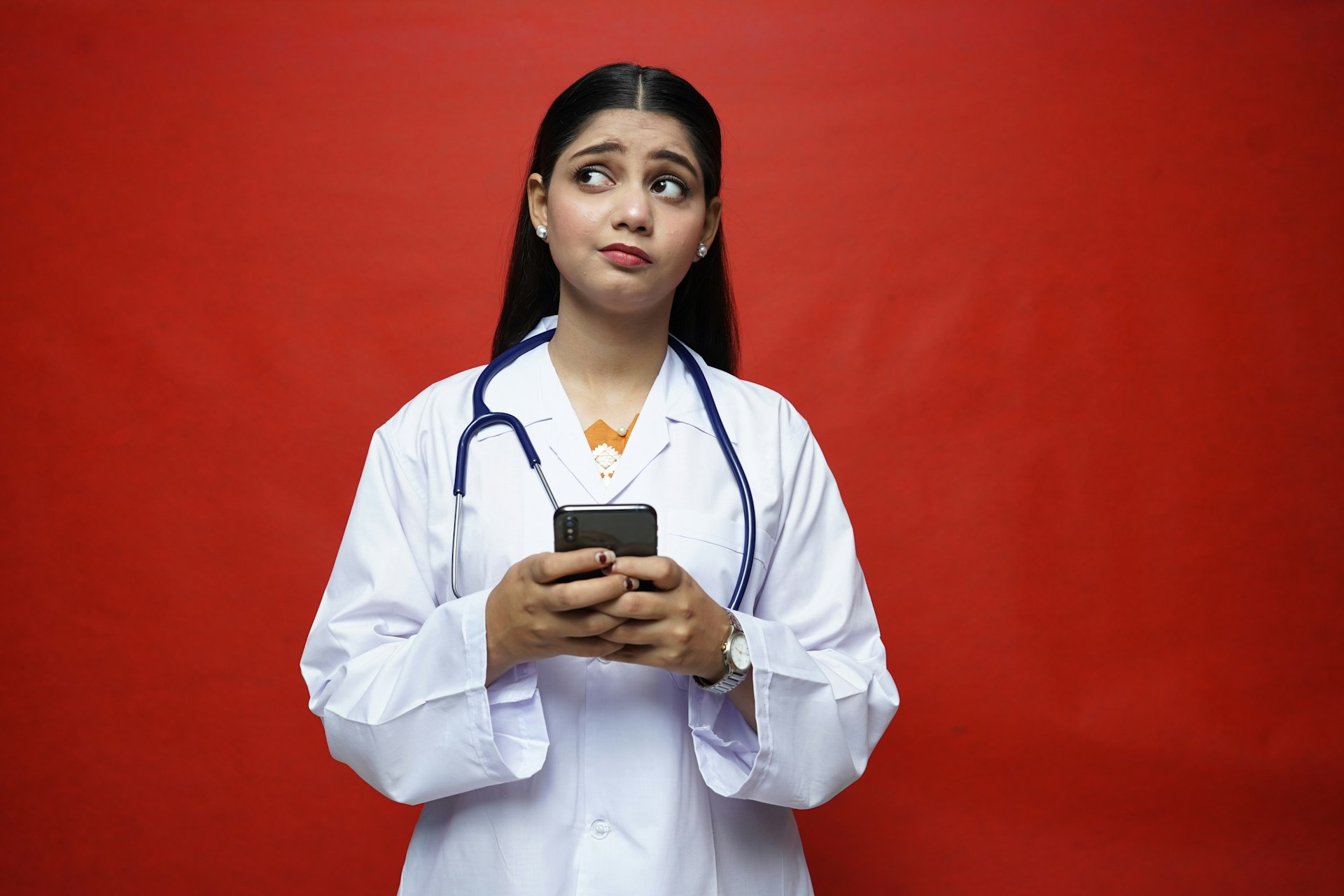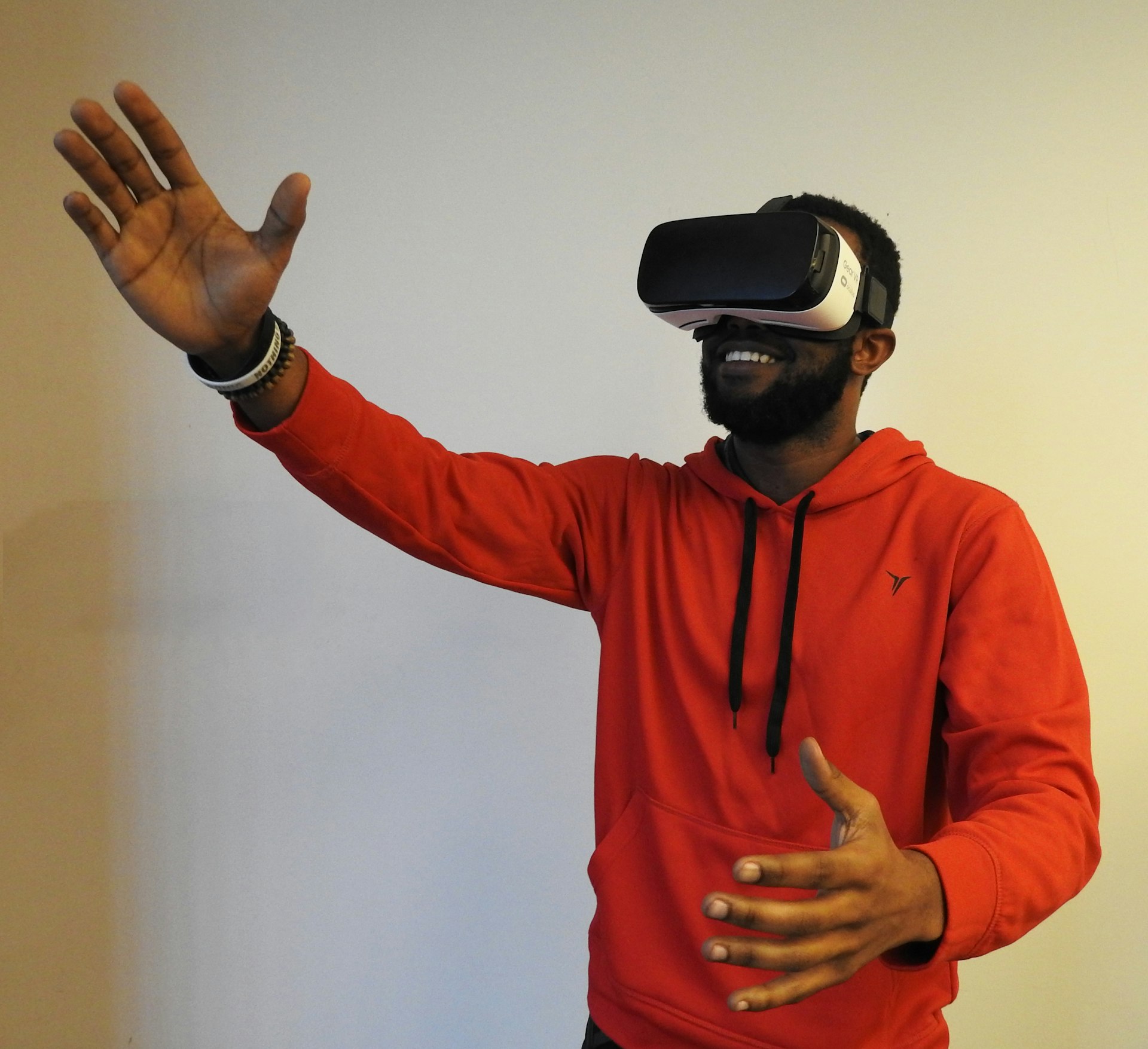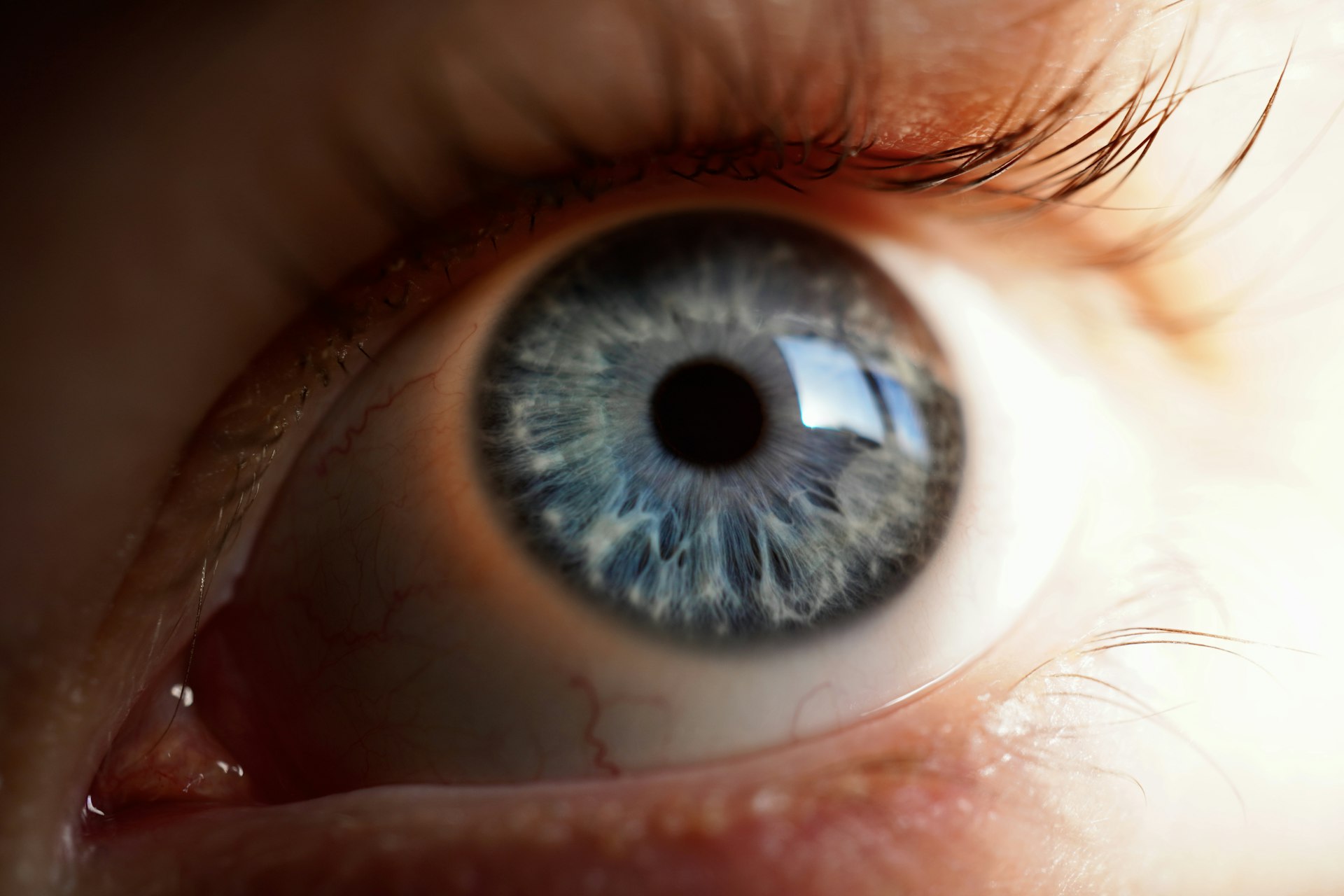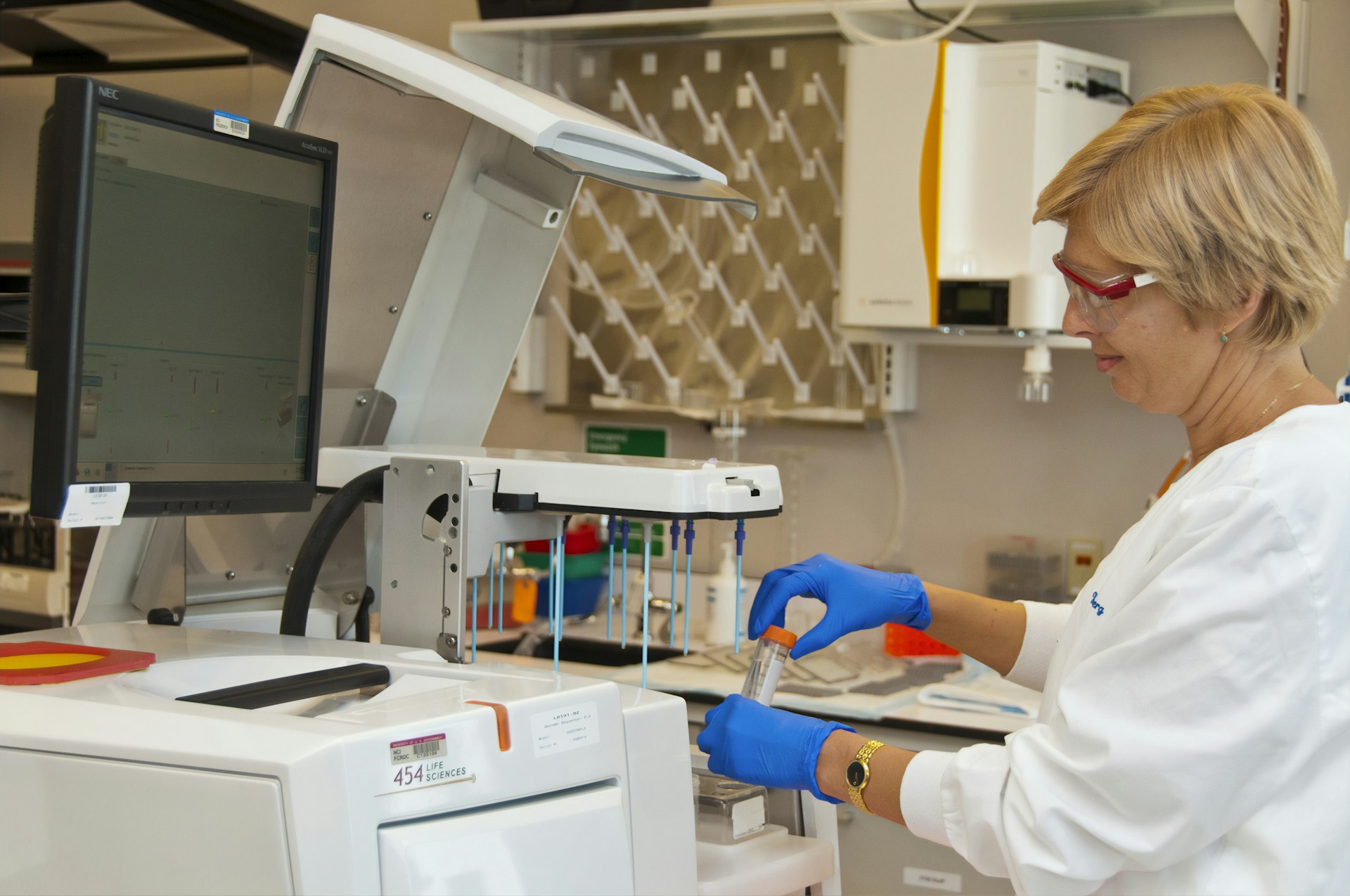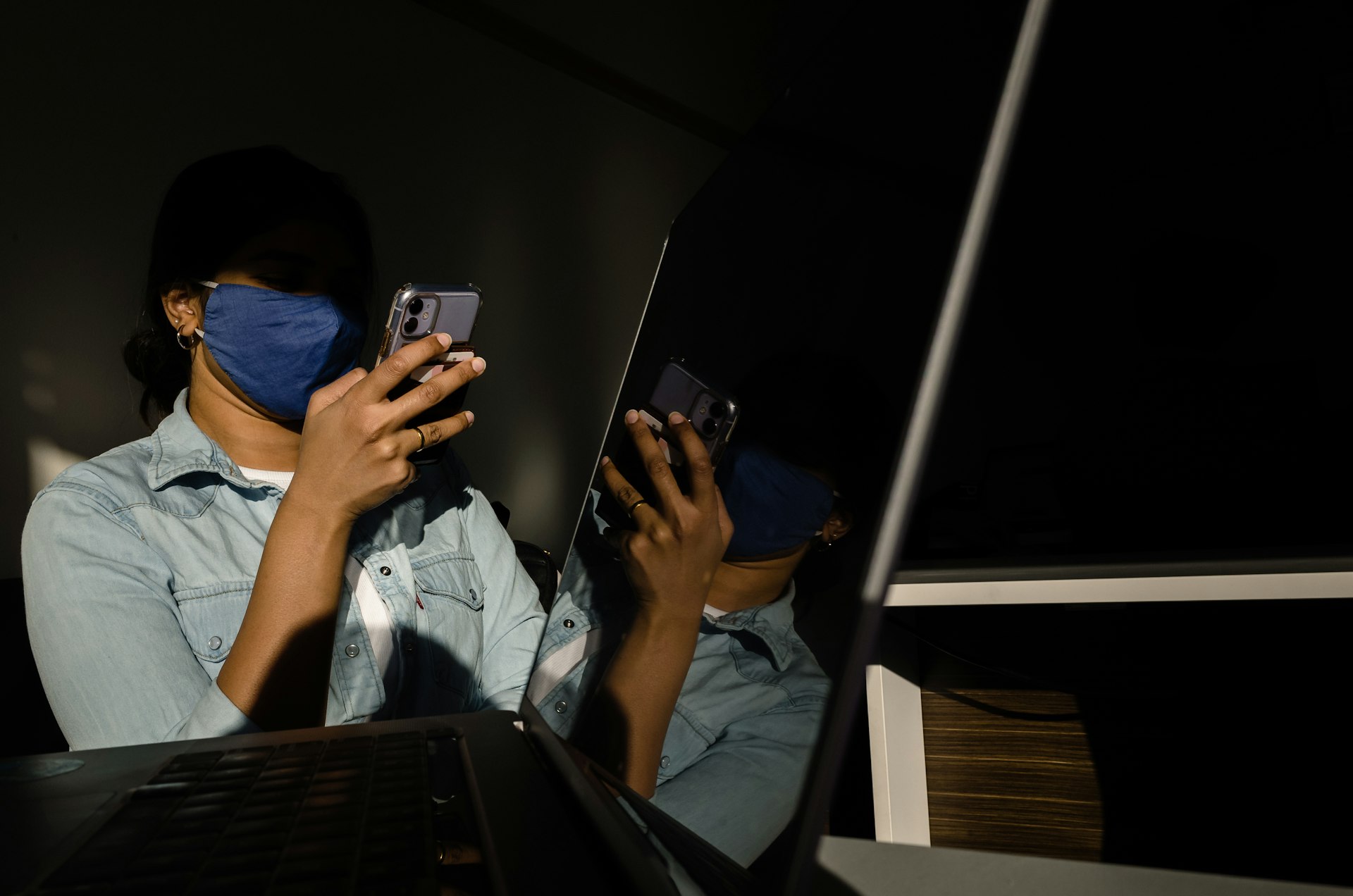Technology and Eye Health: Navigating Digital Strain and Modern Solutions

Photo by Adam Bignell on Unsplash
Introduction: Technology’s Double-Edged Sword for Eye Health
The proliferation of digital devices has transformed the way we work, learn, and interact, but it has also introduced new challenges for eye health. From smartphones and tablets to advanced diagnostic tools, technology’s impact on our vision is significant, complex, and evolving. This article explores the relationship between technology and eye health, detailing both risks and advancements, and provides actionable steps for protecting your sight in a digital era.
Screen Time and Digital Eye Strain
Prolonged exposure to digital screens is now nearly universal, with research showing that Americans spend more hours each year using computers, phones, and other devices. A recent report found that most adults experience symptoms of digital eye strain, which can include dryness, irritation, headaches, and blurred vision. Surprisingly, many individuals do not discuss these symptoms with their eye care professionals, despite widespread prevalence and a growing desire for solutions such as specialized contact lenses for relief [2] .
Clinical studies underscore the risks: adults who spend more than six hours per day on screens are 2.5 times more likely to develop dry eye syndrome
[3]
. The phenomenon known as
digital eye strain
or
computer vision syndrome
encompasses symptoms such as eye fatigue, watering, burning sensations, difficulty focusing, and even double vision. These symptoms can develop with as little as two hours of continuous digital device use
[4]
.
Impact on Children and Long-Term Vision Risks
Children are especially vulnerable to the effects of digital device use. Pediatric studies indicate that kids who spend over three hours daily on screens are four times more likely to experience focusing difficulties. In addition, there’s growing evidence that prolonged screen time may contribute to the progression of myopia (nearsightedness), with a 30% increase in cases among young adults reporting high screen use over five years [3] .
Parents should schedule regular vision screenings and contact lens exams for children. Early intervention is crucial for maintaining healthy eye development and minimizing the long-term impacts of digital strain. If you are concerned about your child’s screen habits or notice changes in their vision, consult a licensed optometrist who can provide guidance and recommend protective measures.
Technological Advancements Transforming Eye Care
While digital devices are a leading cause of eye strain, technology has also driven significant improvements in eye care. Modern innovations are reshaping how vision is monitored, diagnosed, and treated:
Optical Coherence Tomography (OCT)
OCT is a non-invasive imaging technology that enables detailed cross-sectional views of the retina, allowing optometrists to detect diseases such as glaucoma, macular degeneration, and diabetic retinopathy at earlier stages. This improved diagnostic capability leads to earlier interventions and better patient outcomes [1] .
Virtual Reality (VR) in Eye Care
Virtual reality technology is being used for home-based monitoring of conditions like glaucoma, enabling real-time data collection and remote treatment adjustments. VR also assists surgeons with enhanced visualization during complex procedures. While challenges such as simulator sickness and privacy remain, VR’s potential for transforming clinical care and research is substantial [1] .
Tele-optometry and Automated Refraction Systems
Tele-optometry enables remote consultations and continuous monitoring, making eye care more accessible, especially in underserved regions. Automated refraction systems provide quick, accurate prescriptions, streamlining patient care and increasing efficiency [1] .
Blue Light: Risks and Realities
Concerns about blue light emitted from digital screens have prompted many to seek protective solutions. While some sensational claims suggest blue light exposure can lead to blindness, scientific research to date has not found conclusive evidence that blue light from digital devices causes eye damage [5] . However, it’s wise to be proactive about screen time habits, as excessive exposure can exacerbate symptoms of digital eye strain and potentially worsen underlying conditions such as glaucoma.

Photo by Nico Castez on Unsplash
To reduce blue light exposure, you may consider using screen filters, blue-light-blocking glasses, or adjusting device settings. Discuss these options with your eye care provider to determine the best approach for your individual needs.
Practical Steps to Protect Your Eyes
Protecting eye health in the digital age requires a combination of behavioral strategies, technological solutions, and regular professional guidance. Here’s how you can implement effective protective measures:
1. Follow the 20-20-20 Rule
Every 20 minutes, take a 20-second break and look at something 20 feet away. This simple habit helps reduce eye fatigue and strain from prolonged screen use.
2. Adjust Device Settings
Lowering screen brightness, increasing text size, and using night modes can minimize glare and reduce strain. If your device offers blue light filtering, enable it during extended use.
3. Maintain Proper Distance and Lighting
Position screens at least an arm’s length away and ensure ambient lighting is adequate. Avoid using screens in dark environments, which can force your eyes to work harder.
4. Schedule Regular Eye Exams
Annual eye check-ups are essential for detecting early signs of digital eye strain, dryness, or vision changes. If you wear contact lenses or glasses, ensure your prescription is up-to-date and discuss any symptoms with your provider. You can search for licensed optometrists through professional organizations like the American Optometric Association or ask your healthcare provider for referrals.
5. Encourage Healthy Habits for Children
Set screen time limits, encourage outdoor play, and schedule regular vision screenings for kids. Teachers and parents should work together to promote eye-friendly habits both at home and school.
Seeking Professional Help and Alternative Solutions
If digital eye strain or other symptoms persist, consult an eye care specialist. Many practices now offer tele-optometry services for remote assessment and care. While some contact lenses are designed to alleviate digital eye strain, discuss options with your provider before making changes to your vision care routine [2] .
For those unable to access in-person services, consider reaching out to local health departments, community clinics, or searching for “tele-optometry” programs in your area. Many employers also offer vision benefits and wellness programs that may cover routine exams or digital eye strain solutions.
Potential Challenges and Solutions
Challenges in managing technology’s impact on eye health include lack of awareness, limited access to care, and difficulty changing habits. Solutions include public health campaigns, employer-sponsored wellness initiatives, and increased integration of telemedicine in vision care. If you encounter barriers to care, contact local health agencies or search for community programs that provide low-cost or free eye exams.
Key Takeaways
- Digital device use is linked to increased risk of eye strain, dryness, and vision changes.
- Children and adults alike should practice healthy screen habits and schedule regular eye exams.
- Technological advancements such as OCT and VR are revolutionizing eye care diagnostics and treatment.
- While blue light exposure is a concern, current research does not support claims of permanent eye damage from screens.
- Proactive steps and professional guidance are essential for maintaining eye health in the digital age.
References
- [1] TFSCRO (2023). 5 Advancements in Optometry: Technology’s Impact on Eye Care.
- [2] CooperVision (2024). Research Reveals U.S. Screen Time and Digital Eye Strain.
- [3] Spectacular Eyewear (2022). How Digital Devices Are Affecting Your Eye Health.
- [4] National Institutes of Health (2021). Impact of the use of digital devices on eyes during COVID-19 lockdown.
- [5] Glaucoma Research Foundation (2024). Glaucoma In The Digital Age: How Screen Time Affects Your Eyes.
MORE FROM cheerdeal.com






